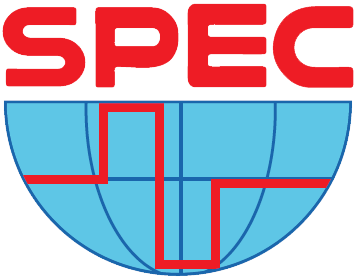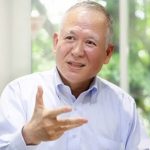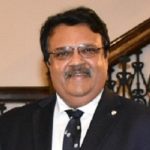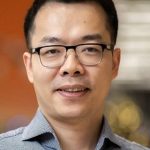Explore Brisbane City
Dec. 2 – 5 | Brisbane, Aus | Countdown to SPEC 2024
Day(s)
:
Hour(s)
:
Minute(s)
:
Second(s)
Keep Me Posted!
Ensure you don’t miss any critical information about the SPEC 2024 Conference. Keep informed about registration, submissions, travel and lodging updates, and other announcements by signing up for our general email list by clicking “Sign Me Up!” below. You do not need to be registered for the Conference to join our mailing list.










